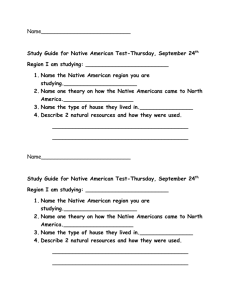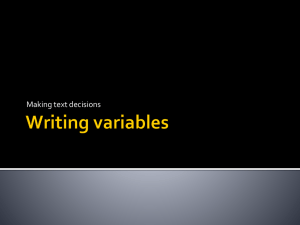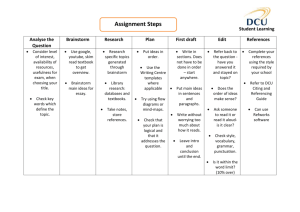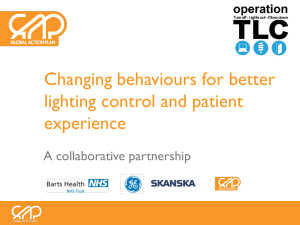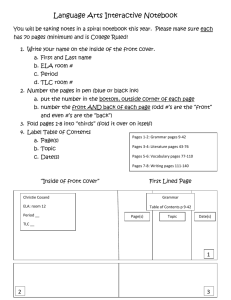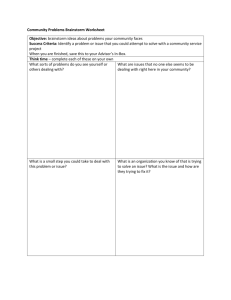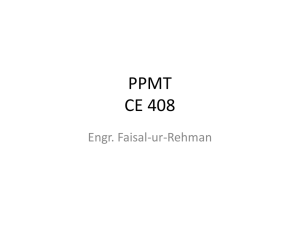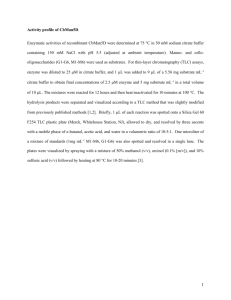Study Smarter! (TLC 005 D)
advertisement
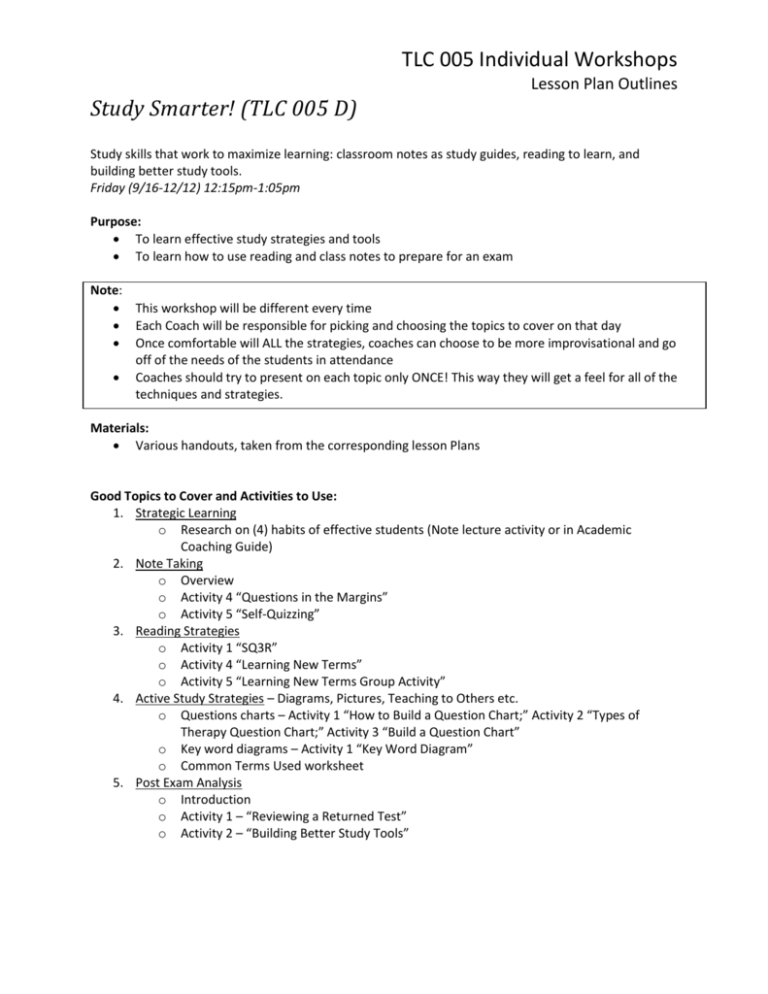
TLC 005 Individual Workshops Lesson Plan Outlines Study Smarter! (TLC 005 D) Study skills that work to maximize learning: classroom notes as study guides, reading to learn, and building better study tools. Friday (9/16-12/12) 12:15pm-1:05pm Purpose: To learn effective study strategies and tools To learn how to use reading and class notes to prepare for an exam Note: This workshop will be different every time Each Coach will be responsible for picking and choosing the topics to cover on that day Once comfortable will ALL the strategies, coaches can choose to be more improvisational and go off of the needs of the students in attendance Coaches should try to present on each topic only ONCE! This way they will get a feel for all of the techniques and strategies. Materials: Various handouts, taken from the corresponding lesson Plans Good Topics to Cover and Activities to Use: 1. Strategic Learning o Research on (4) habits of effective students (Note lecture activity or in Academic Coaching Guide) 2. Note Taking o Overview o Activity 4 “Questions in the Margins” o Activity 5 “Self-Quizzing” 3. Reading Strategies o Activity 1 “SQ3R” o Activity 4 “Learning New Terms” o Activity 5 “Learning New Terms Group Activity” 4. Active Study Strategies – Diagrams, Pictures, Teaching to Others etc. o Questions charts – Activity 1 “How to Build a Question Chart;” Activity 2 “Types of Therapy Question Chart;” Activity 3 “Build a Question Chart” o Key word diagrams – Activity 1 “Key Word Diagram” o Common Terms Used worksheet 5. Post Exam Analysis o Introduction o Activity 1 – “Reviewing a Returned Test” o Activity 2 – “Building Better Study Tools” TLC 005 Individual Workshops Lesson Plan Outlines I. Active vs. Passive Learning (5 minute) a. EXPLAIN Cone of Active Learning (2minutes) i. Show how much more you forget if you only study passively b. ASK, BRAINSTORM, & DISCUSS What do you think it means to be an Active Learner? What is Active Learning? (5minute) i. Active Learning is… 1. Being engaged in learning 2. Interest, Intent to remember, Background knowledge 3. Using multiple pathways (i.e. association + personal exp + visual) 4. Utilizing memory principles 5. Purposeful Organization 6. Synthesis creating something “new” with the information 7. Using the information “actively,” doing something with the information 8. Understanding background, purpose, meaning, significance, concept, process, place…. To get a sense of the CONTEXT c. ASK on the flip side, what is Passive Learning? i. Passive Learning is… 1. Just listening, reading etc. 2. Rereading chapters 3. Rewriting notes 4. Highlighting w/out thought/intent 5. Reading straight through start to finish ii. EXPLANATION Active Learning is so important to studying. It definitely takes more thought and effort than passive learning, but you will see that the results are much more effective. You will learn the information better and retain it longer, which means you will do better on tests and exams. You may actually SAVE time because you will save yourself from spending time rereading and studying information that you just forget! You will be a much more efficient studier! II. Brainstorm Active Studying Techniques a. BRAINSTORM What are some active studying techniques? i. TALK/SAY ii. WRITE iii. REPEAT iv. PRACTICE v. DO vi. MAKE or CREATE vii. ORGANIZE viii. ASSOCIATE b. Quiz yourself cover up answers, be honest with yourself, no false sense of knowing c. Study with someone else! Make TLC 005 Individual Workshops Lesson Plan Outlines III. Note-Taking (25minutes) a. b. c. d. IV. Activity 1 – “Note-Taking Explanation” – From “Note Taking Presentation Lesson” Activity 3 – “Lecture Activity Script” – From “Note Taking Presentation Lesson” Activity 4 – “Questions in the Margin” – From “Note Taking Presentation Lesson” DISCUSSION Discuss the Four Key Strategies of Effective Students Reading + Learning New Terms (10 minutes + 10 minutes) 1. Reading a. Follow “Reading and Learning New Terms Presentation Lesson Plan” ( SHORT VERSION) 2. Learning New Terms a. Activity 4 – “Learning New Terms (Regression Example) – from “Reading and Learning New Terms Presentation” V. Questions Charts (10 minutes) a. Activity 1 – “How to Build a Q-Chart” – from “Question Charts and Key Word Diagrams Presentation Lesson”



